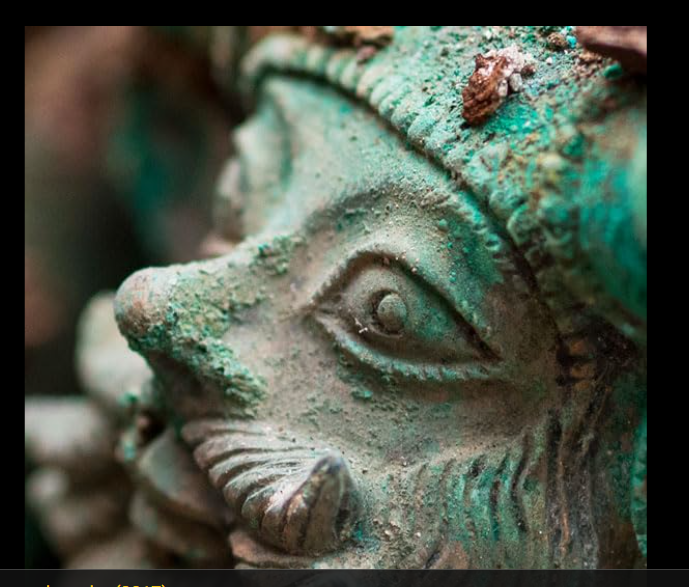France Discovers the Tomb of a Celtic Prince

An “exceptional” tomb from the 5th Century BC likely to be that of a Celtic prince has been unearthed on the outskirts of Lavau in France’s Champagne region.

The grave containing Greek and possibly Etruscan artefacts was discovered in a business zone, the National Archaeological Research Institute (Inrap) said.
Researchers believe it could shed light on Iron Age European trade.
The artifacts feature images from Greek or Etruscan iconography, archaeologists said.
Finds include a bronze wine cauldron.
A team from Inrap has been excavating the site since October last year, and have dated it to the end of the First Iron Age – a period characterised by the widespread use of the metal.

The burial chamber is one of the largest recorded for this period, according to Inrap.
The burial mound, 40m (130ft) across, has at its heart a 14 sq m (150 sq ft) burial chamber. The deceased and his chariot are in the burial chamber,’ reports BBC.
“It is probably a local Celtic prince,” Inrap president Dominique Garcia told journalists on a site visit.
Cremation graves and circular mounds separated by moats started being used at the end of the Bronze Age.
Decorated Greek wine jug found inside the bronze cauldron. Credit: © Denis Gliksman/Inrap.
Inrap said it is one of the largest recorded burial chambers for this period and is “exceptional” not only because of its size but also for the quality of the material unearthed.

The 5th and 6th Century BC were characterised by the rise of Etruscan and Greek city states like Marseille in southern France.
Mediterranean merchants, seeking slaves, metals and other precious goods, opened trading channels with continental Celts.
